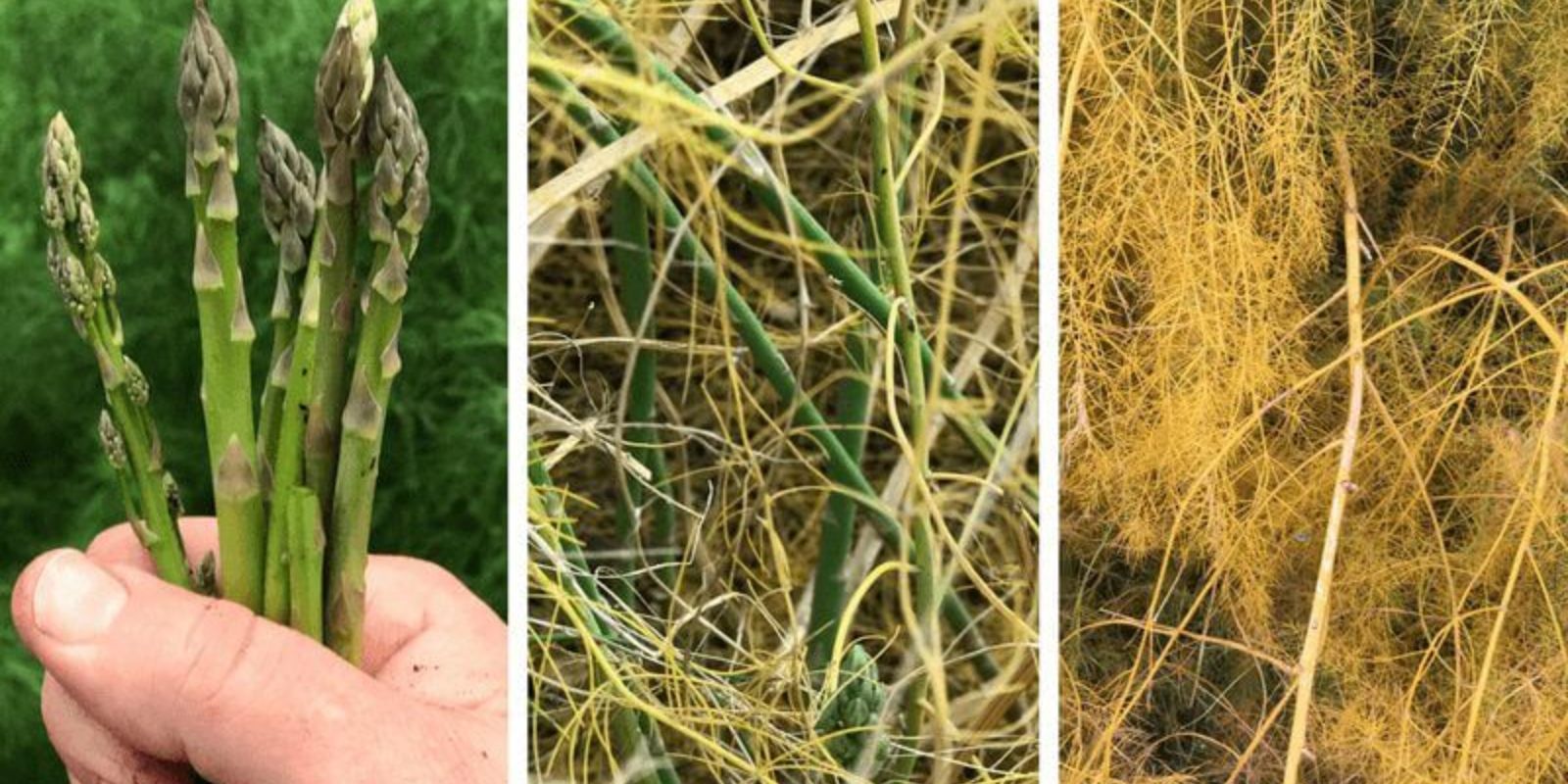Asparagus is a delicious and nutritious perennial vegetable that can provide a bountiful harvest for up to 20 years when properly planted and maintained. Unlike most vegetables that are grown annually, asparagus requires a long-term commitment but rewards gardeners with fresh, tender spears every spring. Before you start your asparagus bed, it’s crucial to understand a few key factors that will ensure a thriving crop. Here are six essential things you need to know before planting asparagus.
1. Choose the Right Location
Asparagus is a long-term crop, meaning you need to be strategic about where you plant it. Since these plants can remain productive for decades, choosing the right spot in your garden is critical.
- Sunlight Requirements: Asparagus thrives in full sun, requiring at least 6-8 hours of direct sunlight daily. Avoid planting in shaded areas, as insufficient light will lead to weak plants and lower yields.
- Drainage Considerations: Ensure the planting site has well-draining soil. Asparagus roots are prone to rot if they sit in waterlogged soil.
- Permanent Placement: Once planted, asparagus beds should not be disturbed, so select a space where they can grow undisturbed for many years.
2. Prepare the Soil Properly
Asparagus grows best in rich, well-aerated soil with good fertility. Soil preparation before planting is crucial for the long-term success of your crop.
- Soil Type: Loamy or sandy soil is ideal, as it allows for deep root penetration and prevents water retention.
- pH Levels: Asparagus prefers slightly acidic to neutral soil, with a pH between 6.5 and 7.5. Conduct a soil test and adjust the pH if necessary using lime (to raise pH) or sulfur (to lower pH).
- Amending Soil: Before planting, enrich the soil with compost, well-rotted manure, or an organic slow-release fertilizer to ensure adequate nutrients.
3. Select the Right Asparagus Crowns
Asparagus can be grown from seeds, but most gardeners prefer planting crowns (young, dormant plants) because they establish faster and produce a harvest sooner.
- 1-Year-Old Crowns: These are the best choice, as they are already established and will begin producing spears faster than seeds.
- Disease-Resistant Varieties: Choose hybrid varieties like ‘Jersey Giant’ or ‘Mary Washington’ that are resistant to common asparagus diseases such as rust and fusarium wilt.
- Healthy Crowns: Look for crowns that are firm, plump, and have well-developed roots. Avoid any that appear shriveled or moldy.
4. Proper Planting Technique & Spacing
To ensure strong, productive plants, asparagus must be planted with the correct technique.
- Trench Planting: Dig trenches that are 8-10 inches deep and 12-18 inches apart. This method encourages deep root growth and helps plants establish well.
- Crown Placement: Space crowns about 12-18 inches apart within the trench. Spread the roots out evenly and cover them with 2-3 inches of soil.
- Gradual Soil Covering: As shoots emerge, gradually fill in the trench with soil over several weeks until it is level with the surrounding ground.
5. Be Patient – Don’t Harvest Too Soon
One of the most important things to remember about asparagus is that patience is key.
- First Year: Avoid harvesting any spears in the first year after planting. This allows the plant to develop a strong root system.
- Second Year: You can harvest lightly but should still allow most spears to grow and feed the plant.
- Full Harvest: By the third year, asparagus will be well-established, and you can enjoy a full harvest for 6-8 weeks each spring.
6. Mulch and Fertilize for Continued Success
To keep your asparagus plants healthy and productive for years, regular maintenance is necessary.
- Mulching: Apply a thick layer of organic mulch such as straw, leaves, or compost to retain moisture, suppress weeds, and protect roots from extreme temperatures.
- Weed Control: Since asparagus does not compete well with weeds, hand-pulling or light hoeing is necessary to keep the bed clean.
- Fertilization: Apply a balanced organic fertilizer or compost in early spring and after the harvest season to replenish nutrients.
Common Asparagus Growing Problems and Solutions
Pests and Diseases
- Asparagus Beetles: These pests chew on spears and ferns, weakening the plant. Hand-pick beetles or use neem oil as an organic control method.
- Fungal Diseases: Rust and fusarium wilt can affect asparagus. Ensure good air circulation, avoid overwatering, and choose disease-resistant varieties.
Poor Spear Production
- If your asparagus isn’t producing well, check soil fertility and adjust with compost or organic fertilizer.
- Thin, spindly spears may indicate overcrowding. If necessary, divide and replant crowns every 10-15 years.
Frequently Asked Questions
How long does it take to grow asparagus?
It takes three years for a newly planted asparagus bed to reach full production, but once established, it will produce for up to 20 years or more.
Can I grow asparagus in containers?
While asparagus grows best in the ground, it can be grown in large, deep containers. Choose a container that is at least 18 inches deep and wide, and provide proper drainage.
How do I know when to harvest asparagus?
Harvest spears when they are 6-8 inches tall and before they become woody. Use a sharp knife or snap them off at the soil level.
Final Thoughts
Growing asparagus is an investment in your future garden harvests. With the right preparation, patience, and care, you can enjoy fresh, homegrown asparagus every spring for decades. If you’re ready to start your asparagus bed, now is the time to plan and plant!
Are you excited to grow asparagus? Drop a 🌿 in the comments and share your gardening experiences! 🌱✨
#GrowYourOwnFood #Asparagus #OrganicGardening #GardenTips #PerennialGarden #HomesteadGarden #GardeningLife #FineGardening

